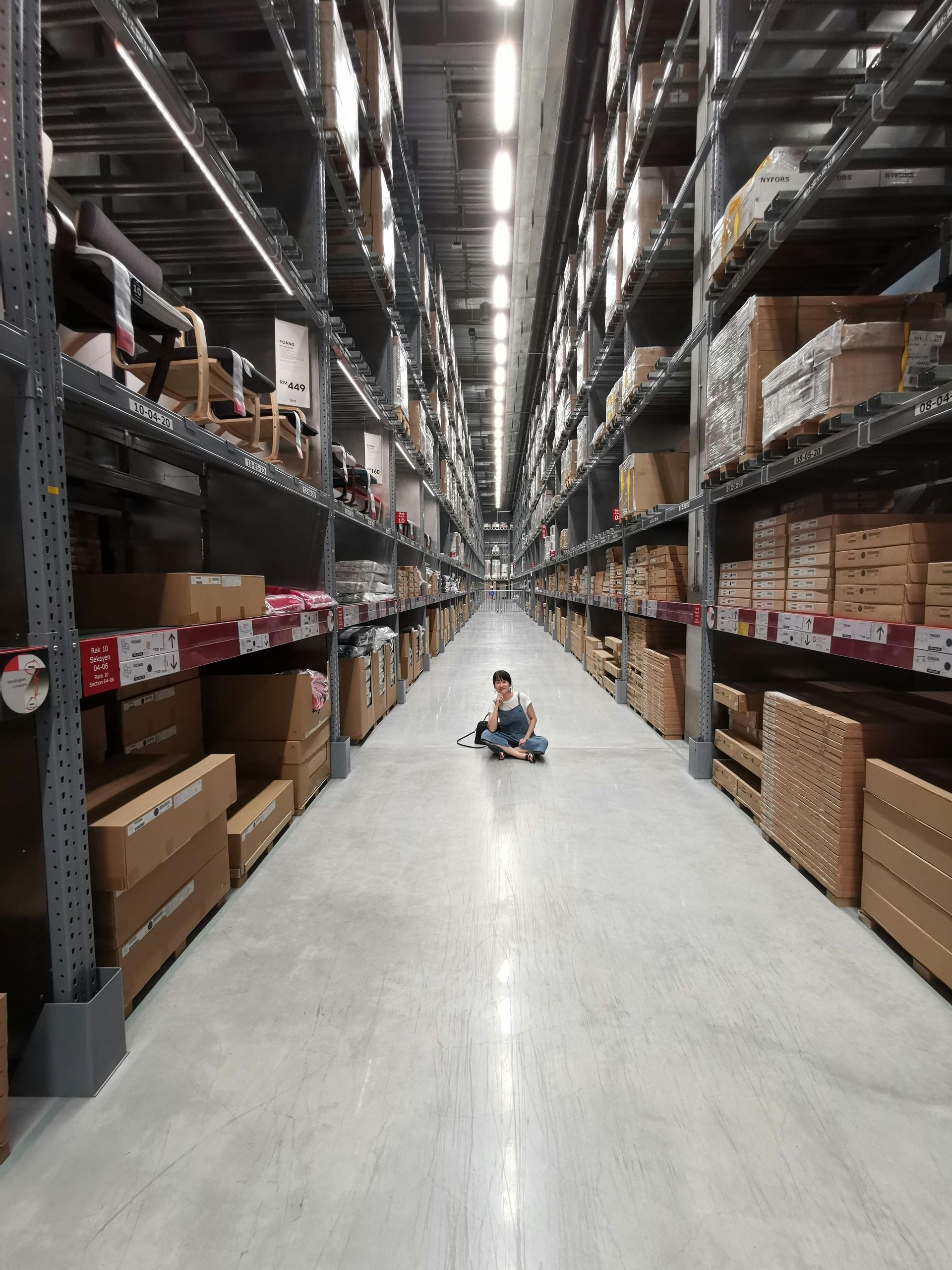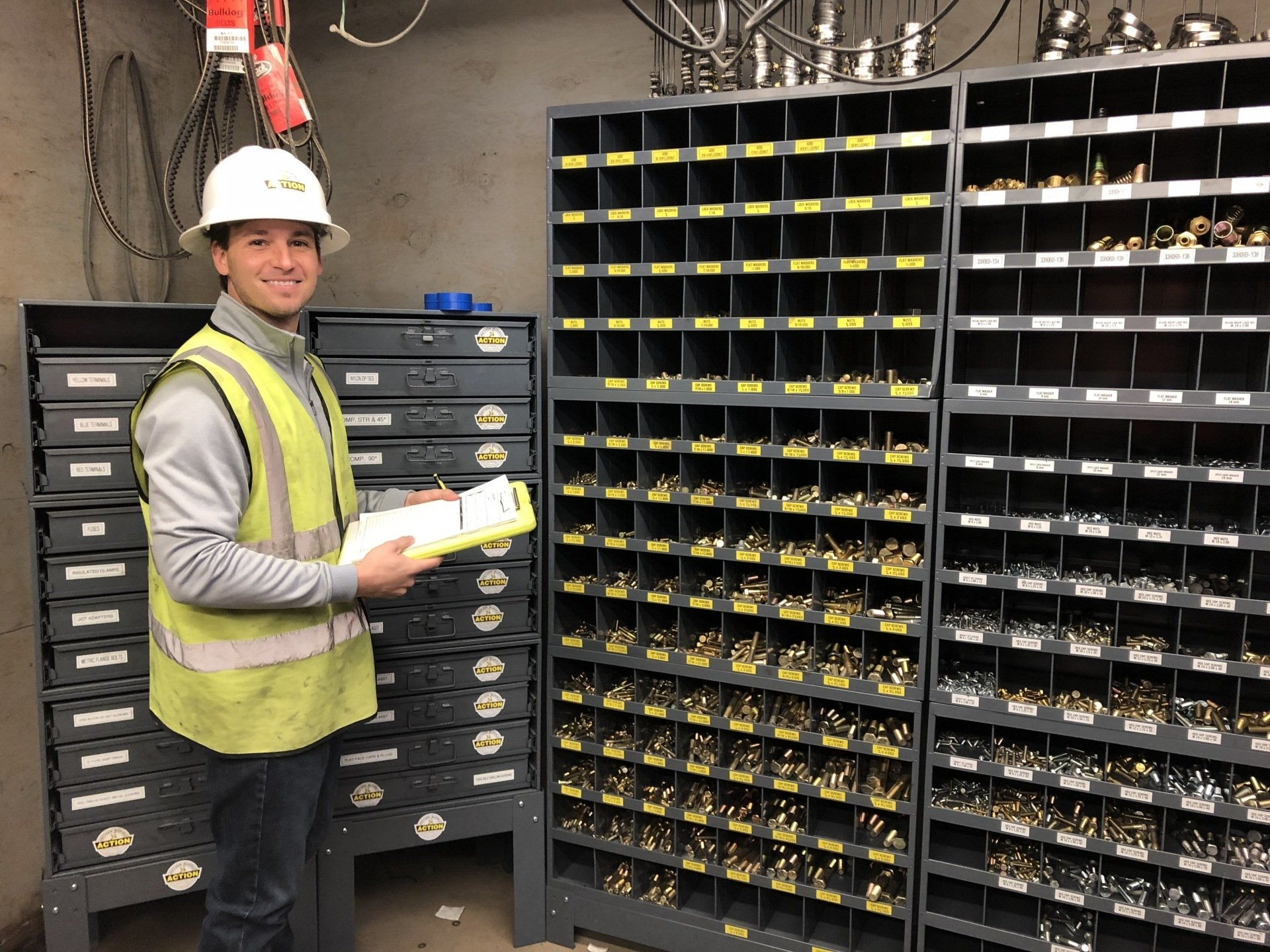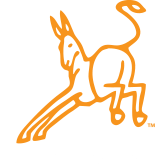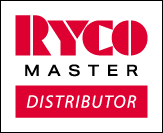Proper Air Brake Inspection Using The LABS Test
Fleet inspection before any trip is critical to the health and safety of your vehicles and their operators. Arguably one of the most important inspections is that of your air brakes. The good news? Testing air brakes is made simple when you apply the LABS test.
Before your fleet hits the open road, here’s how you can ensure your air brakes are functioning properly.
Conducting The Four-Step LABS TEST
The LABS test is the best way to remember exactly what to look for when you’re conducting a pre-trip inspection of your air brakes. This acronym should be conducted in the same order as the letters, which include the following steps:
- Leaks: Once the wheels are chocked and you know that the air pressure has built up to between 90 and 125 psi, make sure to leave the vehicle in neutral and cut the engine. Turn the key to the “on” position, release the parking brakes, and then apply steady pressure to the brakes for one minute. If the pressure drops below 3 psi for a tractor or 4 psi for a tractor/trailer combination, your air brakes need to be maintenanced.
- Alarms: Check your alarms to ensure that they alert you should your air brakes experience a drop in air pressure. This can be achieved by engaging your foot brake until a visual or audible alarm indicates a drop in pressure of no more than 60 psi.
- Buttons: Are your parking brakes in working order? You can double-check this by applying and releasing pressure on your foot brakes until the knobs for your parking brakes are forced out. If this doesn’t happen before the pressure reaches 20 psi, the failsafe is not working, and this needs to be taken care of immediately.
- Service brakes: Much like the first test, you will need to grab the wheel chocks and build up the air pressure to around 120 to 125 psi. Then, place the vehicle in low gear, release the clutch, and brake, moving forward at around five miles per hour. Push the clutch and the brake pedal once the vehicle has started moving and pay attention to the wheel. Should the wheel jerk to the side, this could indicate an issue with the brakes.
This comprehensive test will allow you to catch any braking issues with your fleet before the vehicles are on the road, ensuring that further damage or accidents don’t take place along the way. As long as you make sure to keep your hands on the wheel the entire time, conduct the LABS test before every trip, and keep an eye out for symptoms of a greater issue with the air brakes, you should be able to navigate the roads safely!
Get Further Fleet Maintenance Support From Action Supply
Action Supply is here to help you with your fleet maintenance needs, regardless of whether you need support with air brakes, lights, or hydraulic oil. Contact us today so we can learn how we can enhance your industrial business.





